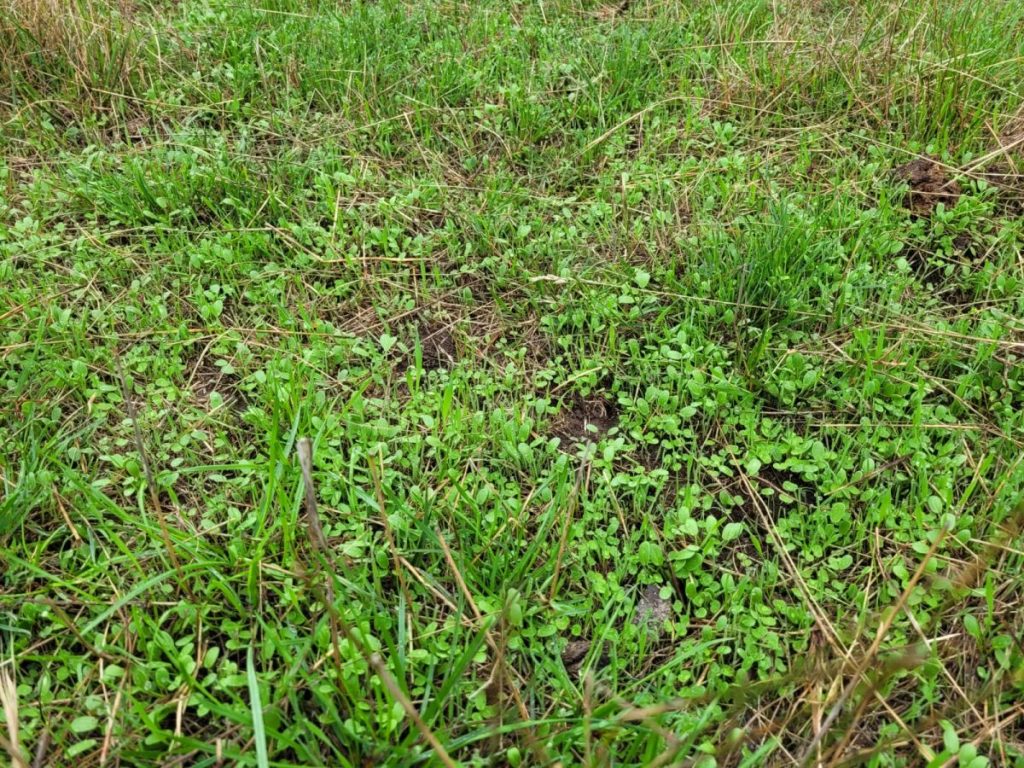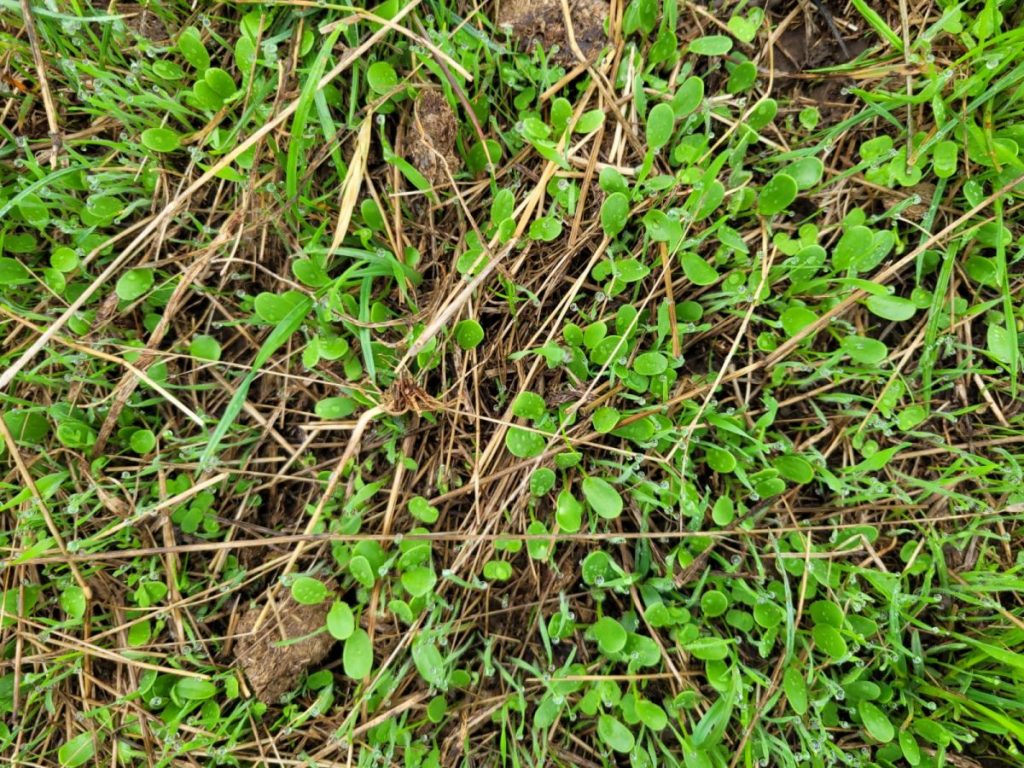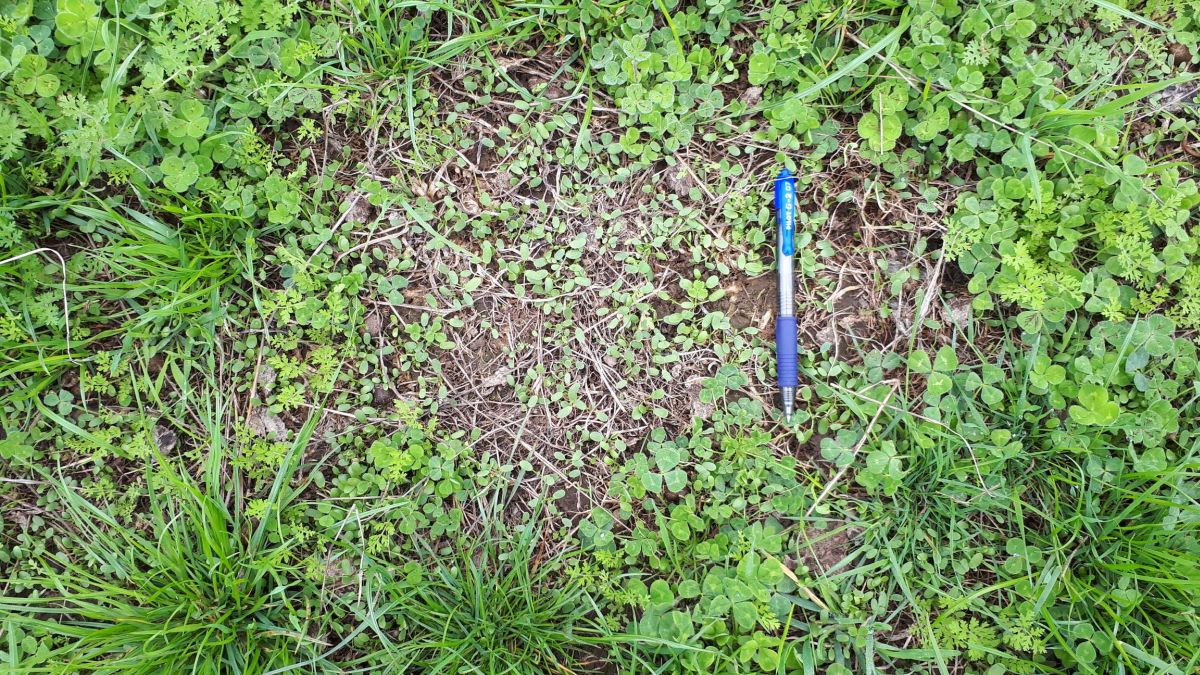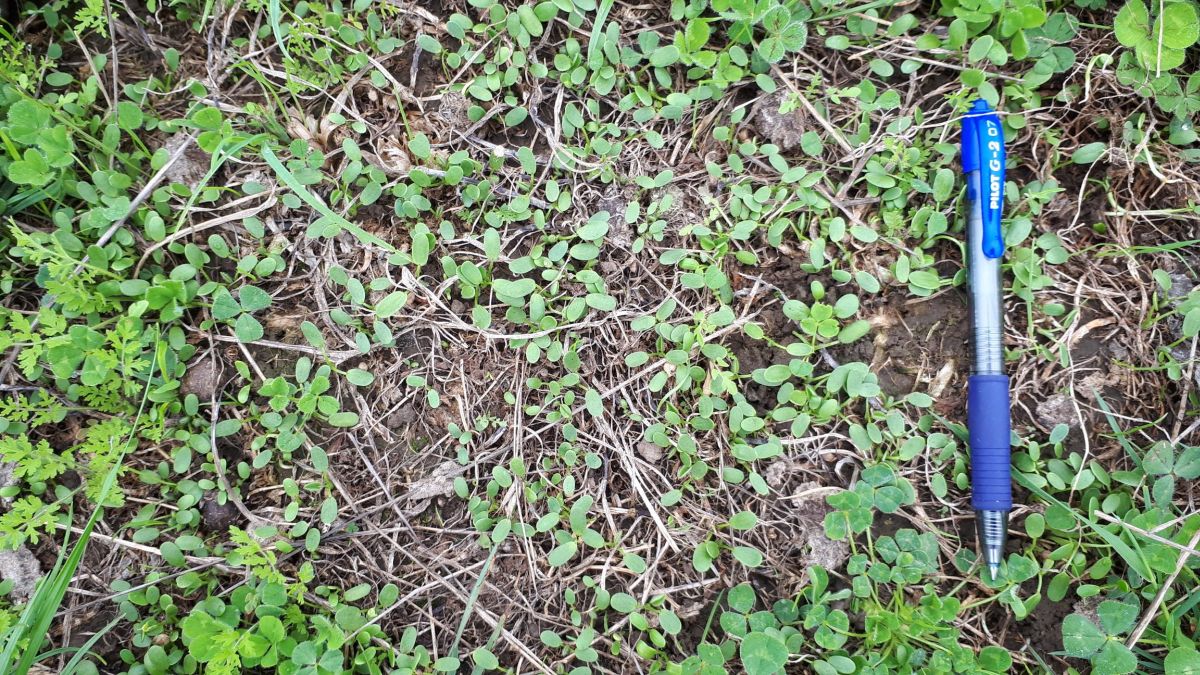Posted on behalf of Prof. Derrick Moot.
Many east coast areas of New Zealand have had 20-100 mm of rainfall in the last week or so with more forecast. This unusual mid-summer situation has messed up my holiday – but more importantly can lead to some management issues that need to be considered for lucerne and sub clover. Lucerne will respond rapidly to the rainfall and give you a flush of fresh growth. It is highly palatable but has three issues to be aware of at this time of year:
- Lush lucerne now brings us back to spring like conditions so treat it with caution – think about roughage, salt and potentially mowing in front of the animals if you had more than 30 mm of rainfall.
- If you were dry before the rain there is an increased risk of high nitrate in the lucerne – so try and start grazing in full sunshine when that nitrate has been converted to protein in the plants . Avoid grazing on dull/overcast days immediately after rainfall especially with lambs.
- The lucerne looks great and will have arrived at a perfect time for mating. However, these hot humid conditions are exactly those that increase the coumesterol levels in lucerne which can reduce ovulation rates. To reduce risk think about grazing the lucerne up to two weeks before the ram goes out – at that time move them onto a grass based pasture. Ovulation can be reduced by up to 25% so if you have other feed on hand this is the year to use it. Once mated the lucerne is fine to be grazed again.
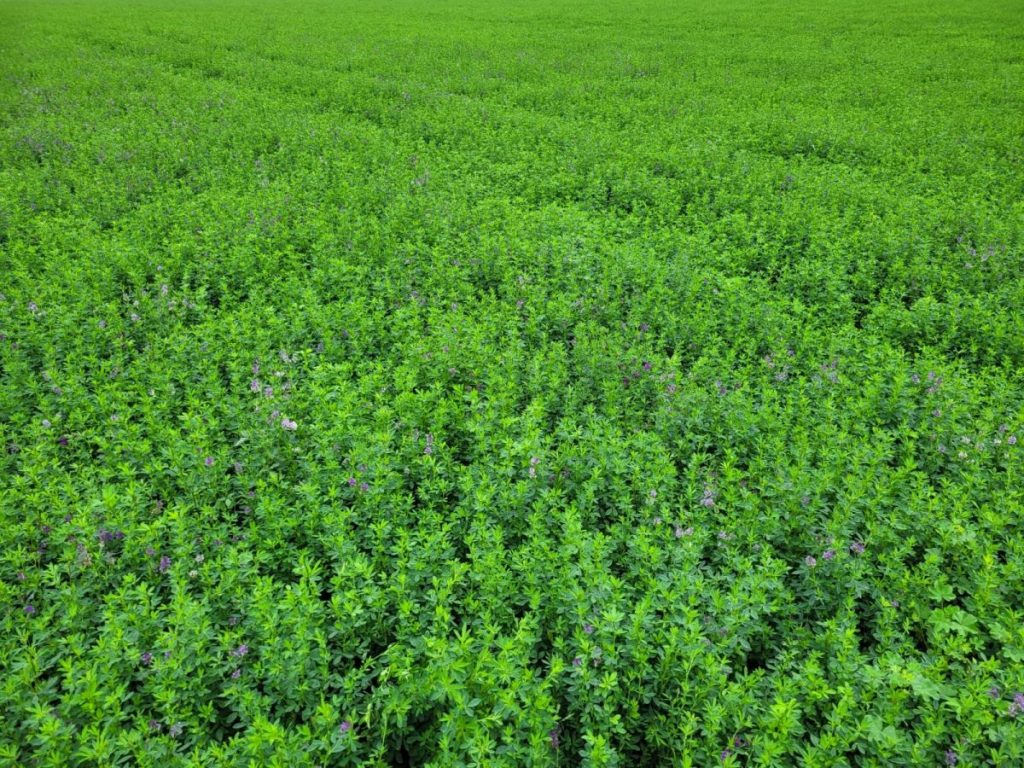

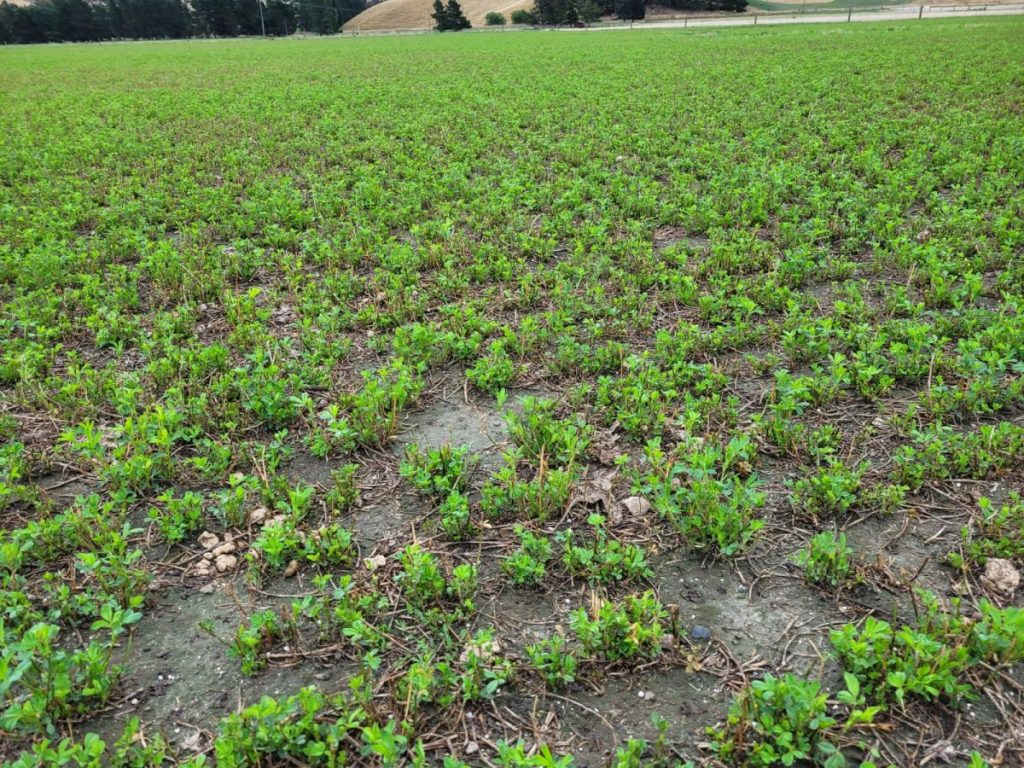
The best pasture to use for mating this autumn may actually be sub clover based. I have had many reports of sub clover striking now however, it is too early to survive into autumn unless more rain falls. To increase the chances of the current sub clover strike making it to autumn stay off it until at least 3-4 true trifoliate leaves have developed on the plant and when you pull it leaves/stems break off rather than the entire seedling being pulled out of the ground. A light grazing at that stage will control the grass that will also have recovered so young sub clover seedlings are not shaded out by the competing grass. I think we need one more 20 mm rainfall event in the next 6 weeks to ensure successful establishment from this strike and this will be an excellent autumn this year for sub clover. This would be a contrast the last couple years when late autumn breaks reduced sub clovers ability to establish before it got cold. Assuming successful establishment sub clover may provide that tupping feed you are looking for so you don’t have to take the risk of mating on the lucerne.

